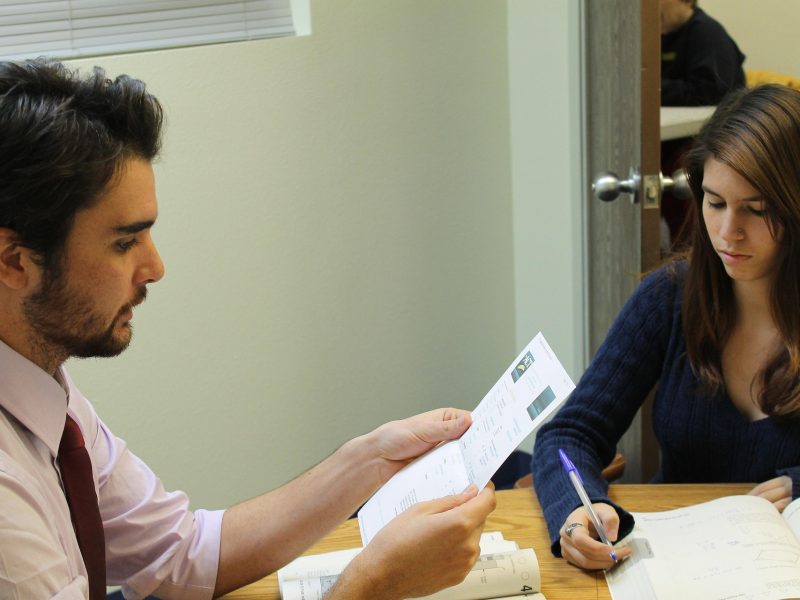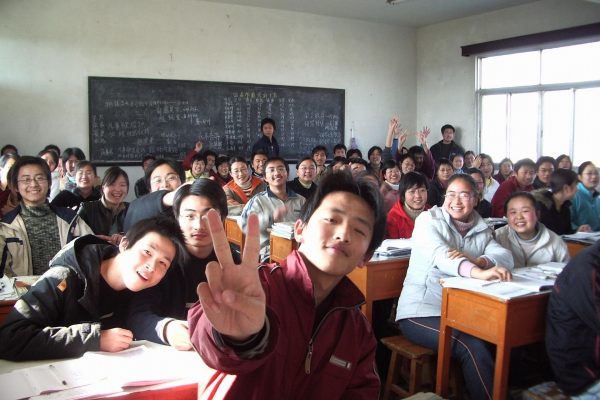
In an increasingly interconnected world, the ability to understand, appreciate, and collaborate with people from diverse backgrounds is no longer just an advantage – it’s a necessity. Educational institutions play a crucial role in fostering this global competence. While many schools strive for diversity, boarding schools, by their very nature, often create uniquely concentrated global classrooms.
Attracting students and faculty from across the nation and around the world, these residential communities become microcosms of the global society, offering unparalleled opportunities for diversity and cultural exchange. For parents seeking an education that prepares their child for a globalized future, and for teachers committed to cultivating cross-cultural understanding, the diverse environment of many boarding schools is a significant draw. How does this intentional diversity manifest in daily life, and what impact does this constant cultural exchange have on student development and perspective? This post explores the concept of the boarding school as a global classroom, examining how diversity enriches the educational experience and shapes students into informed, empathetic global citizens.
Defining Diversity in the Boarding School Context
The Benefits of a Diverse Learning Environment
- Enhanced Critical Thinking and Problem Solving: Exposure to diverse perspectives challenges students to think more critically about issues, consider multiple viewpoints, and develop more creative solutions to problems. Classroom discussions become richer and more nuanced when students bring different cultural contexts and experiences to the table.
- Improved Cross-Cultural Communication Skills: Daily interaction with peers and faculty from different backgrounds necessitates learning how to communicate effectively and respectfully across cultural differences. Students develop empathy, active listening skills, and the ability to navigate potential misunderstandings – essential skills for global collaboration.
- Reduced Prejudice and Increased Tolerance: Direct, meaningful contact with individuals from different groups helps break down stereotypes and reduce prejudice. Students learn to appreciate cultural differences and find common ground, fostering tolerance and mutual respect.
- Preparation for a Globalized World: Graduates enter college and the workforce better equipped to thrive in diverse environments. They are more comfortable interacting with people from different backgrounds, more aware of global issues, and possess a broader worldview.
- Personal Growth and Self-Awareness: Encountering different perspectives encourages students to reflect on their own beliefs, values, and cultural identity, leading to greater self-awareness and personal growth.
Cultural Exchange: Beyond the Classroom
- Dorm Life: Living with roommates from different countries or regions offers daily lessons in cultural norms, communication styles, and personal habits. Simple acts like sharing food, discussing family traditions, or navigating different approaches to study habits become opportunities for learning.
- Dining Hall Conversations: Mealtimes provide a relaxed setting for students to share stories about their home countries, discuss current events from different perspectives, or simply practice language skills.
- Extracurricular Activities: Participating together in sports, arts, or clubs allows students to collaborate towards common goals, building relationships based on shared interests that transcend cultural backgrounds.
- Weekend Activities and Trips: Shared experiences, whether on-campus events or off-campus excursions, create common memories and further strengthen bonds among diverse student groups.
- School Events and Celebrations: Many boarding schools actively celebrate the diverse cultures represented on campus through international fairs, cultural nights, guest speakers, and recognition of various holidays and traditions. These events provide platforms for students to share their heritage and learn about others.
Supporting International Students and Fostering Inclusion
- Orientation Programs: Designed specifically for international students to help them navigate campus resources, understand school culture, and connect with peers before the full student body arrives.
- ESL/ELL Programs: English as a Second Language or English Language Learner programs provide targeted language support to help students succeed in mainstream academic classes.
- International Student Advisors: Staff members dedicated to assisting international students with visa issues, travel arrangements, cultural adjustment, and academic support.
- Host Family Programs: Connecting international students with local families for occasional weekends or holidays can provide a sense of home and deeper cultural immersion.
- Inclusive Curriculum and Programming: Ensuring that the curriculum reflects diverse perspectives and that campus events are welcoming and accessible to students from all backgrounds.














